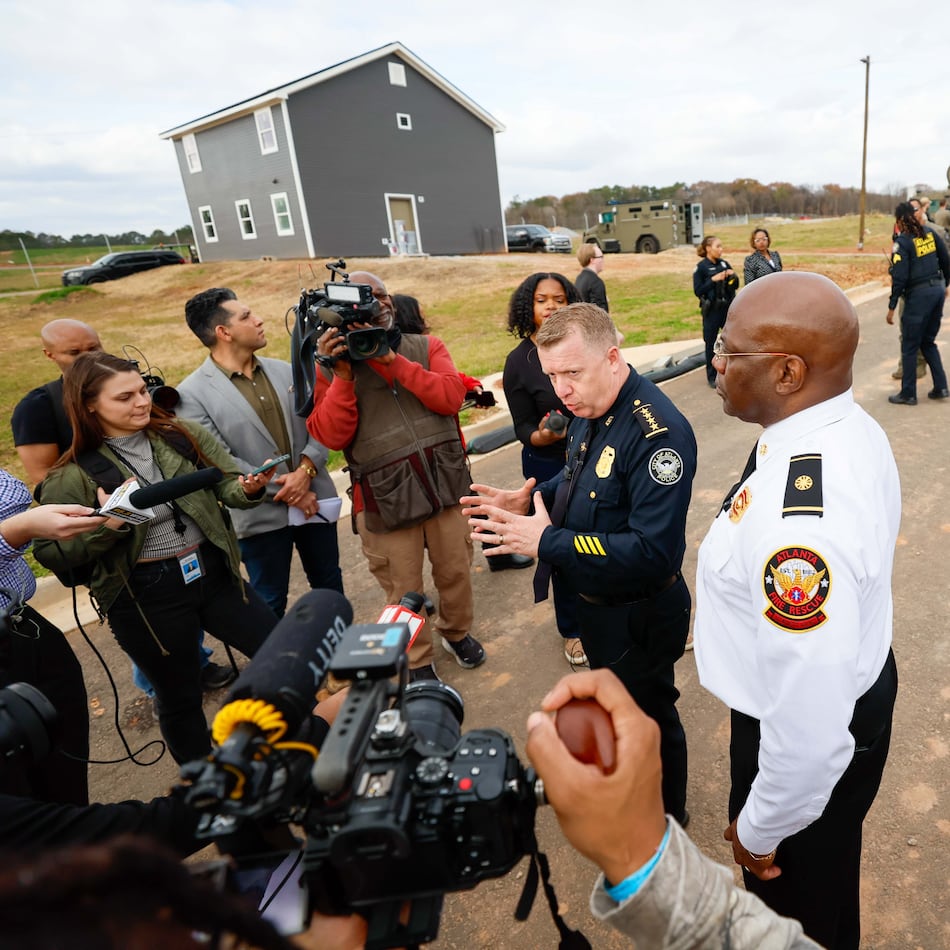Many students headed back to the classroom today are being forced to leave their cellphones behind, thanks to school rules banning their possession.
The day may be coming, though, when students could find themselves in trouble for leaving their cellphones home.
Only they won’t be called cellphones. They will be dubbed mobile devices or hand-held computers. Already, they are being used around the world by innovative schools capitalizing on children’s natural affinity for technology and the omnipresence of cellphones. (By one count, 60 percent of second-graders are predicted to carry cellphones by the end of 2010.)
In pilot programs, teachers are utilizing even basic cellphones to teach math, record dramatic presentations, document chemical changes and give tests.
“Laptops are very ’90s,” says University of Michigan researcher Elliot Soloway. “They are your daddy’s computers.”
A scientist who began studying artificial intelligence at Yale, Soloway says he tired of trying to make computers smarter and shifted to making kids smarter.
The best way to do that, he says, is to tap the technology that most kids use every day. Because of logistical and financial constraints, the goal of providing every child a laptop may never be met, he says. But cellphones are cheap and plentiful.
In a recent online seminar by TeacherMagazine.org, Soloway said that while the personal computer and the Internet changed the way people function, “We are about to see something much, much bigger.”
No longer are people tethered to laptops or desktop computers.
“Now, we truly, finally have personal computers that are going to fit in our pockets,” he says. “If we look at what folks have with them, they have their money, they have their keys and they have their cellphones.”
While the kids of the ’90s were digital, Soloway says today’s kids are all about mobility.
“The kids are talking about having their devices, their phones, with them essentially all the time, every day, except when they go to school, of course,” he says.
With fellow researcher Cathleen Norris, Soloway is helping schools understand the possibilities of engaging more students through cellphones.
Norris cited an Ohio school that saw marked gains in reading and math in classrooms that used cellphone computers.
“This is not magic,” she says. “What we see is that these gains are typically the result of time on task. The children enjoy doing the lesson this way, so they spend more time on it and therefore are learning more.”
Ron Myers, the principal of a Texas middle school that has piloted cellphone instruction, says teachers and students gave the program high marks. The key to successful cellphone projects is careful research, he says.
“You have to do lots of homework. You’ve got to be able to communicate and know what your content is and how that mobile device can enhance that content.”
Led by a tech-savvy teacher who won funding support from a cellphone company, the middle school passed out 55 donated phones to students. Among the exercises, students measured the area of a school hallway, recorded the geologic stages of the rock cycle and found mean, median, mode and range from a group of numbers. They sketched and even animated on the phones.
Seminar participant Liz Kolb, author of “Toys to Tools: Connecting Student Cell Phones to Education” (www.cellphonesinlearning.com), offered a long list of cellphone projects that she either led as a teacher or witnessed in schools around the world.
The phones don’t necessarily have to be fancy or souped up, Kolb says. If they can capture a picture, send text messages and leave voicemail, students can create a photo blog of local landmarks or digital math storybooks.
After Kolb discovered that she could use cellphones for podcasts, she began to hunt for other relevant applications. She found lots of free Web resources — many are added every week — that she could couple with cellphones.
One teacher set up a scavenger hunt for a museum field trip where students had to send her photos of the exhibits and items on the list over their phones. A physical education teacher sent a homework assignment via cellphones, a video of a golf lesson that students have to observe and critique.
As Kolb notes, students’ lives are steeped in technology — video games, social networks and cellphones. Yet few of these technologies have fully been incorporated into classrooms.
A father of two daughters — one a grown woman, the other a first-grader — sent me a note a few weeks ago about the role of technology in their lives. His older daughter has learned the system and even works in it, he said.
But it’s different for his younger daughter, who is adept at using an iPhone. She doesn’t have to learn the system. “The 6-year-old is part of the system,” he says.
About the Author
Keep Reading
The Latest
Featured



